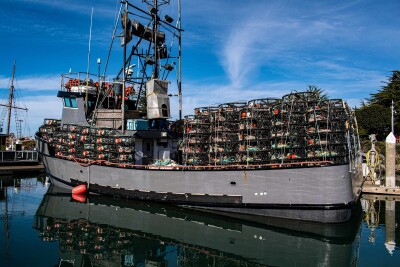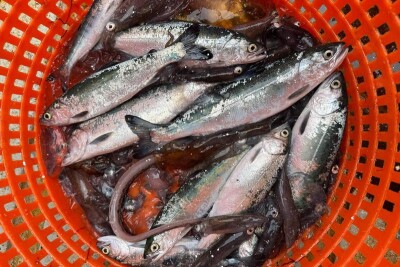Refusing to forfeit
Following closely behind the pleasure of covering an underappreciated, overworked and yet endlessly inspiring industry, I most love that our mission is to help fishermen around the country see that you are not alone in whatever battle you’re fighting.
While I could make endless parallels between the complications with catch share program management and threats of implementation around the nation, I can’t think of two fleets whose predicaments are more similar than those of West Coast and East Coast groundfish. Despite the fact that the whole world seems to rejoice in condemning Atlantic cod (and thus its fishermen) to a sure demise, the Northeast fleet actually has robust quotas of most species of fish in the multispecies complex.
The trouble is, just like their West Coast counterparts, low quotas on the few species still in recovery are hampering the rebound of the entire fleet by preventing them from catching the majority of their quota. When low-quota species congregate with species of abundance, they become choke species. Year after year, the season is cut short — and so is the income — despite the fact that there are abundant fish in the sea. So what is a fisherman to do when he is trying to avoid bycatch but the result is that he must leave most of his quota on the table?
As California-based freelance writer Nick Rahaim writes in his cover story on page 20, that’s the answer proponents of the West Coast fleets are trying to uncover. The left coast groundfish sector leaves upward of 70 percent of its annual quota in the water. Does this approach make sense, given that we don’t actually know what would happen if we allowed fishermen a little more leeway to take abundant species with a slightly higher bycatch of less abundant species? Ray Hilborn takes a bold stab at answering that question on page 5.
No fisherman wants to take the last fish, despite the notion the mainstream media would lead otherwise uninformed readers to believe. With our precautionary approach, we have proven that we can bring back any stock from the brink — unless we can’t. Yes, there are some species that simply don’t respond to rebuilding timelines and even total fishery shutdowns. So what do we do with them? Should we allow unknown and possibly unknowable climatic effects to continue to hold sway over our ability to catch species of abundance?
I don’t want to throw precaution to the wind, but there’s got to be a better answer to balancing marine stewardship with productive fisheries.
Now that we better understand the outside reaches of good stewardship, perhaps it’s time to test the boundaries a little. Can we still be good stewards if we take some risks? I believe so. The more we do to test flexibility in management now, the better prepared we will be to manage healthy, sustainable fisheries in the face of changing oceanic conditions. If there’s one thing we can be sure of, it’s that the oceans will continue to surprise us. Let’s welcome those lessons with open minds and be prepared to act on our newfound knowledge.
» Read more Editor's Logs here.
» Read more articles in our July issue.
» Fish eNews offers the latest industry news.
» Like us on Facebook.
Copyright © 2016 National Fisherman. All rights reserved.







